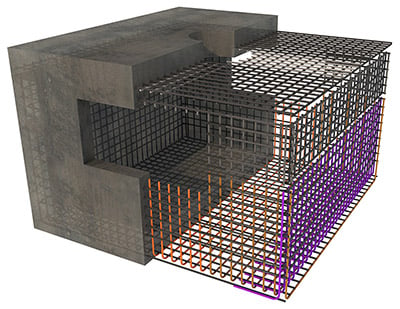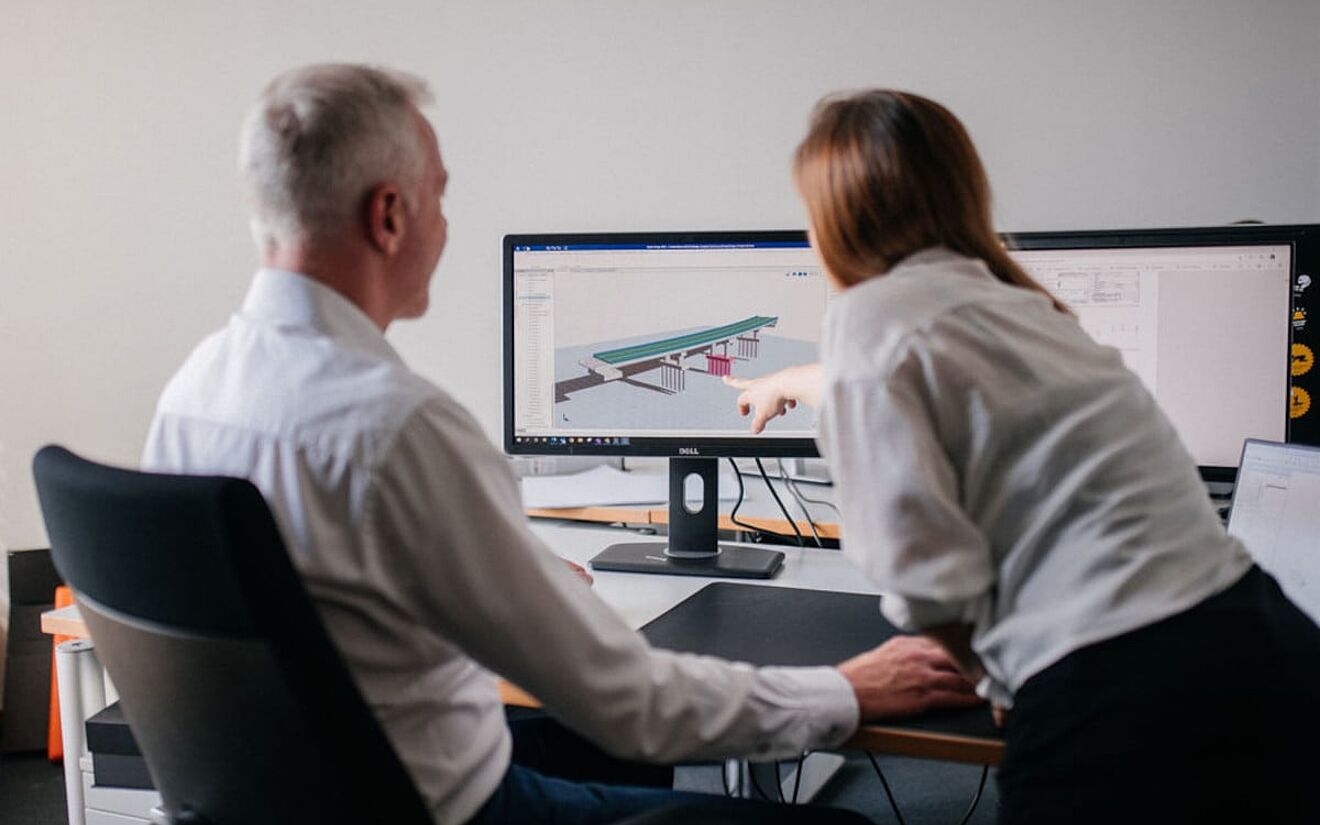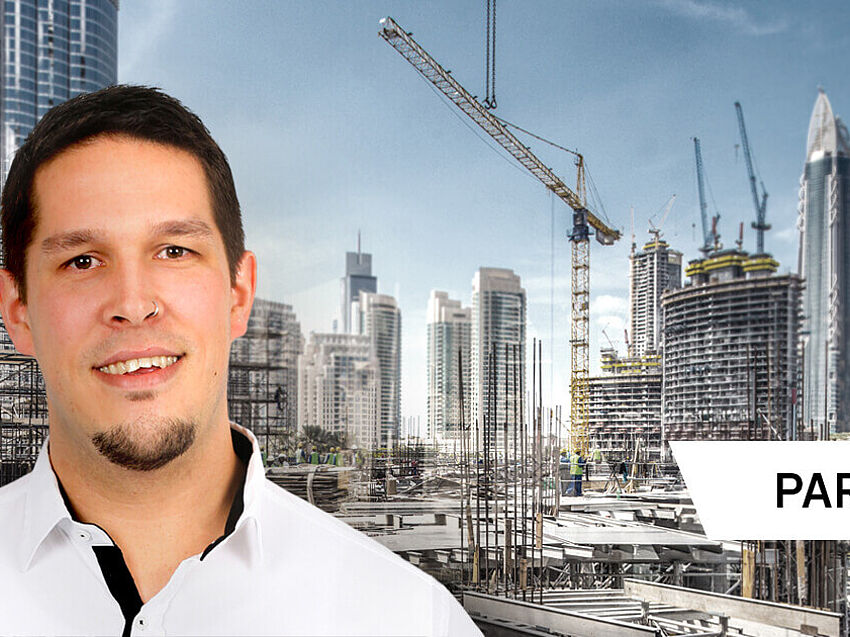Everyone knows we need to do more with less – less time, less staff, less money. A shortage of skilled labor, an aging workforce, the aftereffects of the pandemic, and considerably changing industry and environmental dynamics mean that pressures on design firms are only set to increase. Yet at the same time, projects are growing increasingly complex. How can these two issues be reconciled? One way is to work smarter by using automation to streamline parts of the design process. Here are some practical examples of design automation, for various construction projects, achieved through customized workflows.
Technologies for Design Customization
ALLPLAN provides several possibilities for design tool customization, enabling both usability and productivity to be increased through automation. These include: Visual Scripting, for creating scripts without coding; the PythonParts API, for creating complex customized and automated workflows with code; OPEN BIM, for easily processing content from other software; and the Bimplus API, for enabling external partners to customize their own specific workflows and further enhancing project data.
Customizing the design process using these tools can significantly accelerate design activities and help designers work smarter to deliver more in less time – here’s how.

Accelerated Design Deliverables
When designing bespoke precast buried drainage structures or vaults, there are an unlimited number of variations possible. However, using a customized solution, a fully detailed vault can be created in a few clicks. This includes the ability to modify the geometry to specific needs, such as adding openings and baffles. Lifting inserts and reinforcement can also be automatically modeled with just a few inputs. Similarly, 3D shapes such as bridge piers and foundations can be created and easily adapted to the desired geometry, including reinforcement. Sections and views can then be automatically generated from the model, together with drawings. As this video demonstrates, this can provide an estimated time saving of 90% in some cases — thereby maximizing design productivity.
Automatic Modeling Validation
Customized solutions can also be used for validation and checking, such as checks for specifications, quality standards, and safety issues. If there is something to compare against, then there is the potential to develop a solution. For example, automated schedules can show the quantities of reinforcement bars for releases and ensure that loading quantities and weights are not exceeded for shipping to site. This removes some of the manual checking time that would be required, as well as improves project quality.
Repetitive Workflow Automation
Visual Scripting can save time by automating repetitive activities. For example, rather than manually adjusting architectural objects when importing IFC data from third parties, a script can be created to modify them automatically based on pre-defined rules from a CSV file. Similarly, an intelligent schedule can be easily created within ALLPLAN which can be customized to include all the information required for a bill of materials. This can then be included on drawings for easy reference and will update automatically if the model changes.

Unlimited Potential
Customizing design workflows can significantly benefit building and infrastructure design projects by automating and removing repetitive, time-wasting activities within the design process. By so doing, it enables designers to achieve even more in the same timeframe. The examples described are just a brief overview of what can be achieved with ALLPLAN’s design customization methods. With these tools and an OPEN BIM based approach, ALLPLAN empowers businesses to create customized processes that save time and money. Download a free, 30-day trial to see what you can achieve with ALLPLAN.




